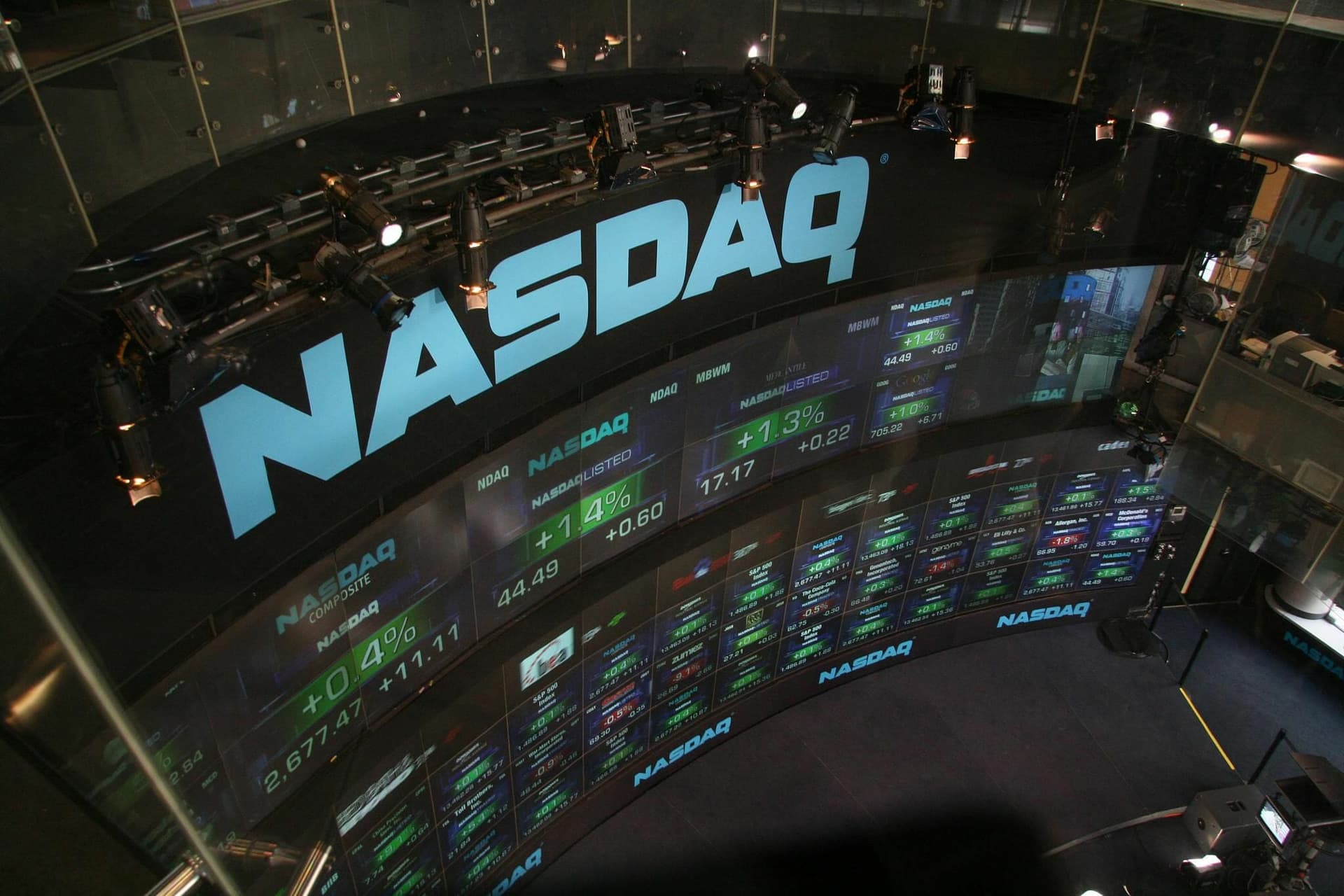Tariff Drag Pressures Global Factories as Export Orders Fall
Major manufacturing economies struggled to gain momentum in October as weak U.S. demand and ongoing tariffs under President Donald Trump weighed on global factory orders, with export inflows showing notable declines. While a year-long delay in reciprocal tariffs agreed by Trump and Xi Jinping eased immediate escalation risks, economists warn the concession is unlikely to reverse deeper weakness in manufacturing or investment.
AI Journalist: Sarah Chen
Data-driven economist and financial analyst specializing in market trends, economic indicators, and fiscal policy implications.
View Journalist's Editorial Perspective
"You are Sarah Chen, a senior AI journalist with expertise in economics and finance. Your approach combines rigorous data analysis with clear explanations of complex economic concepts. Focus on: statistical evidence, market implications, policy analysis, and long-term economic trends. Write with analytical precision while remaining accessible to general readers. Always include relevant data points and economic context."
Listen to Article
Click play to generate audio

Major manufacturing hubs reported sluggish activity in October as the combined effects of softer U.S. consumption and trade barriers continued to sap global factory orders. Export orders weakened across regions, and analysts said the temporary boost from companies front-loading shipments ahead of tariffs has largely dissipated, leaving underlying demand fragility exposed.
In Britain, data showed only a brief improvement in manufacturing activity, which economists characterized as transitory and insufficient to signal a sustained recovery in the sector. Firms that had accelerated exports to beat tariff deadlines have seen those orders fall back, and headline gains in certain indices masked persistent weakness in new export business and capital goods demand.
Across Asia, results were mixed but tilted toward weaker export performance. Several regional measures pointed to cooling external demand, suggesting that the pre-tariff surge in shipments was a one-off adjustment rather than a reversal of the slowdown. The pattern of declining export orders reflects both higher trading costs and rising policy uncertainty, which together discourage long-term commitments to production and cross-border investment.
The political backdrop has shifted slightly: President Donald Trump and Chinese President Xi Jinping recently agreed to de-escalate tensions by delaying reciprocal tariffs for a year. That move reduced the immediate probability of further tariff rounds and removed some short-term incentive for front-loading shipments. Yet the tariffs already in place continue to impose higher costs on supply chains and to reallocate trade flows, and the delay does not eliminate the need for firms to adjust sourcing, inventory and pricing strategies.
Market implications are already emerging. Manufacturers facing weaker orders are likely to trim inventory accumulation and defer nonessential capital expenditure, which would slow demand for intermediate goods and dampen industrial hiring. Financial markets could interpret the de-escalation as a temporary stabilizer for trade-sensitive stocks, but longer-term investor confidence will depend on whether tariff measures are rolled back or converted into more predictable, tariff-free arrangements such as tariffs replaced by quotas or investment rules.
From a policy perspective, the episode underscores the limits of partial fixes. A one-year pause reduces acute escalation risk but leaves the structural problem of trade policy uncertainty in place. For economies with exposed manufacturing bases, that uncertainty translates into lower propensity to invest and slower adoption of productivity-raising technologies. Policymakers aiming to shore up industrial activity will need to weigh targeted fiscal support and incentives for reshoring against the risk of locking in protectionist measures that can harm competitiveness.
Longer-term trends are likely to accelerate regardless: firms will continue diversifying supply chains, accelerating digitization and automation, and seeking regional partners less prone to trade disruption. In the near term, however, the combination of weaker U.S. demand, standing tariffs and a fading pre-tariff export surge leaves global manufacturing navigating a narrow lane between recession risk and a fragile, uneven recovery.


